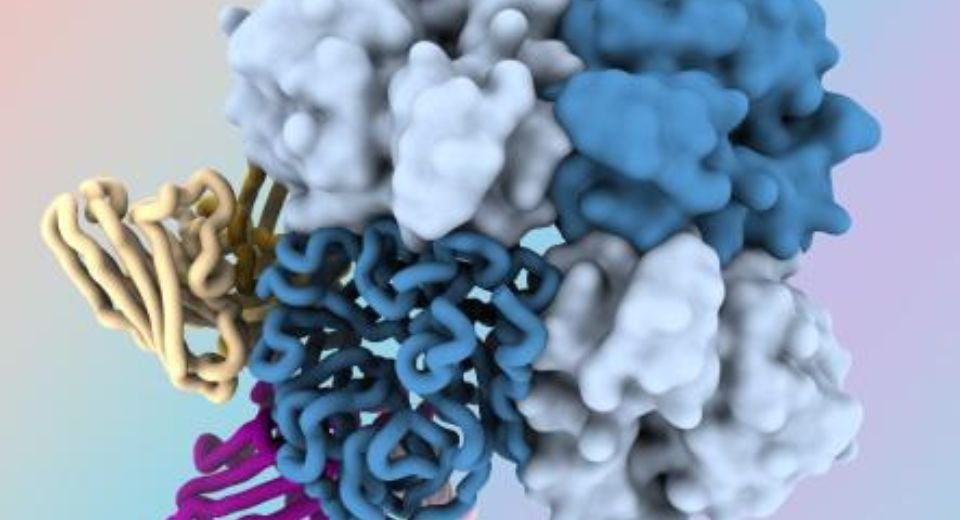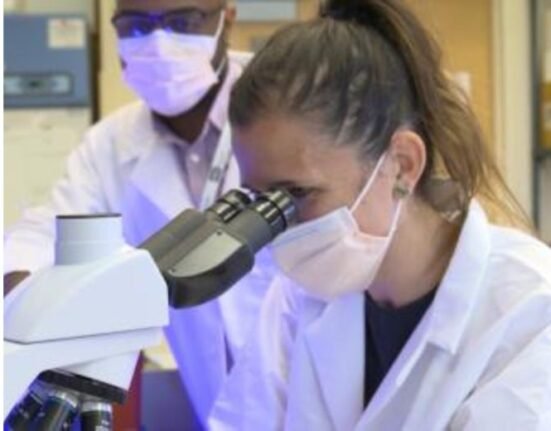HQ Team
March 3, 2024: Antibodies to target a hard-to-spot region or the “dark side” of the influenza virus were discovered by researchers, and may pave new vaccines and therapies to fight the disease.
Researchers at the National Institutes of Health have identified antibodies targeting a relatively unexplored “dark side” of the neuraminidase protein (NA) head.
“The antibodies target a region of the NA protein that is common among many influenza viruses, including H3N2 subtype viruses, and could be a new target for countermeasures,” according to an NIH statement.
The major function of viral neuraminidase is at the final stage of infection when it cleaves sialic acid from the cell surface and progeny virions facilitating virus release from infected cells.
One way to improve influenza vaccines and other countermeasures is to identify new targets on the virus’s surface proteins in “conserved” regions — portions that tend to be relatively unchanged between different strains of the virus.
Influenza virus NA is a surface protein containing a globular head and narrow stalk portions.
Epitopes
The underside of the NA head contains a highly conserved region with targets for antibodies — known as epitopes — that make it vulnerable to antibody binding and inhibition of the virus and not being impacted by mutations common in drug-resistant strains.
This region is termed the “dark side” due to its partially hidden location and relatively unexplored characteristics.
Influenza, or flu, sickens millions of people across the globe each year and can lead to severe illness and death. An estimated 1 billion people worldwide are infected by seasonal influenza every year. Out of those 1 billion, about 3-5 million people have a severe case of flu each year.
Globally, an estimated 290,000 – 650,000 deaths occur due to flu a year.
While vaccination against influenza reduces the burden of the disease, updated vaccines are needed each season to protect against the many strains and subtypes of the rapidly evolving virus.
New flu viruses
Vaccines that protect a broad range of influenza viruses could prevent outbreaks of new and reemerging flu viruses without the need for yearly vaccine reformulation or vaccinations.
The researchers isolated human antibodies that target the NA dark side from the blood of two people who had recovered from influenza type A subtype H3N2, a major subtype of seasonal flu viruses.
In lab tests, the antibodies inhibited the propagation of viruses from subtype H2N2, the subtype that caused pandemic influenza in 1957-58, and H3N2 viruses from humans, swine, and birds.
The antibodies also protected mice from lethal infection by a subtype H3N2 virus when given to the animals either one day before or two days after infection, showing that the antibody may treat and prevent influenza in this model.
The scientists analysed the structure of two of the antibodies while bound to NA using advanced microscopy techniques known as cryogenic electron microscopy.
Each antibody targeted different, non-overlapping regions of the dark side, demonstrating that this region has multiple areas that may be useful to explore for countermeasure development.
Drug-resistant mutations
These findings show that the NA dark side has unique, previously untapped epitopes that could be applied to the development of new vaccines and therapeutic strategies, according to the researchers.
They stated that antibodies targeting the NA dark side could be useful in combination with antivirals or other types of antibodies for interventions against influenza, as they are effective against influenza viruses with drug-resistant mutations.
The researchers also note that NA dark side targets could be included in the next generation of broadly protective vaccines against influenza.
The research, led by scientists at the National Institute of Allergy and Infectious Diseases’ Vaccine Research Center, part of NIH, was published in Immunity.








